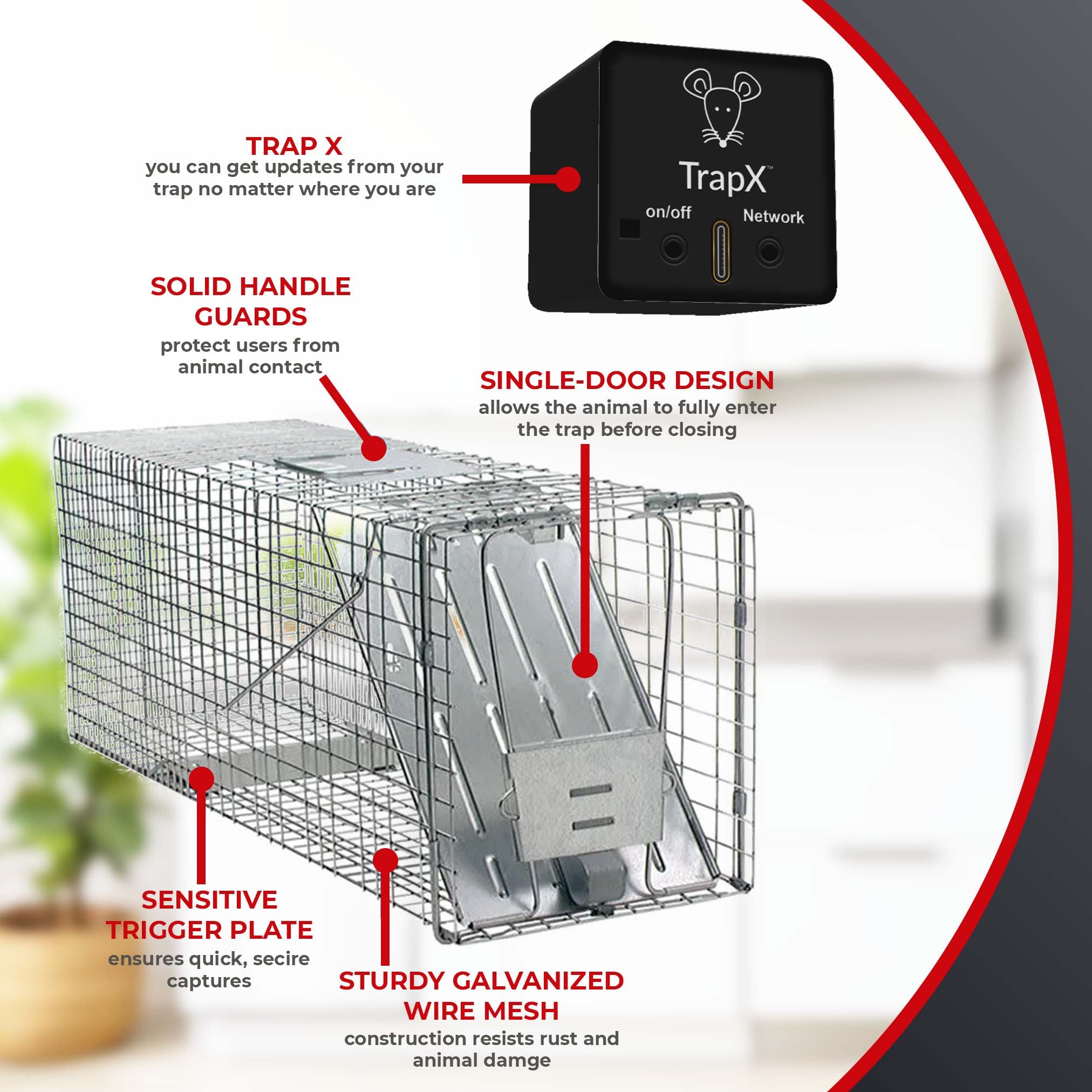Building a DIY Electric Mouse Trap: A Step-by-Step Guide
Share
Are you tired of dealing with pesky mice invading your home? A DIY electric mouse trap might be the perfect solution for you. Building your own mouse trap not only saves money but can be a fun and educational project. In this article, we'll guide you through the steps to create a DIY electric mouse trap that is both effective and humane.
The primary keyword for this article is DIY electric mouse trap. Using this project, you can keep your home rodent-free without resorting to toxic chemicals or traditional snap traps. Let's dive into the process.

Why Choose an Electric Mouse Trap?
Before we get into the details, let's talk about why an electric mouse trap is a good choice. Unlike conventional traps, an electric mouse trap uses a small electric shock to humanely kill the mouse. This method is quick and prevents the rodent from suffering.
What You'll Need
- A sturdy plastic or metal container
- A piece of metal mesh
- A small electric circuit (available from electronics stores or online)
- Bait (peanut butter or cheese works well)
- Insulated wiring
- A power source (batteries or a low-voltage adapter)
- Safety gloves
- Glue gun or adhesive
- Optional: LED indicators to signal when the trap is triggered

Step-by-Step Instructions
1. Prepare the Container
Begin by choosing a suitable container for your electric mouse trap. It should be large enough to fit a mouse but small enough to ensure that the rodent makes contact with the electric circuit. Clean the container thoroughly and drill small holes for ventilation.
2. Install the Metal Mesh
Cut a piece of metal mesh to fit the bottom of the container. This mesh will serve as the conductive surface that delivers the electric shock. Secure the mesh using glue or adhesive and ensure that it is well-insulated from the container walls.
3. Set Up the Electric Circuit
Follow the instructions provided with your electric circuit kit to connect the wiring to the metal mesh. Ensure that the circuit is complete when a mouse enters the trap and touches the mesh. If desired, you can connect LED indicators to show when the trap has been triggered.
4. Add Bait and Power
Place bait in the center of the metal mesh. This will attract the mouse and ensure it makes contact with the electrified surface. Connect your power source and double-check all connections to ensure the circuit is functioning properly.
5. Final Safety Checks
Before setting up your DIY electric mouse trap, perform a final safety check. Ensure that all wiring is properly insulated and that there are no exposed live wires. Wear safety gloves when handling the trap to avoid accidental shocks.

Setting Up Your Trap
Once your electric mouse trap is complete, place it in an area frequented by mice, such as the kitchen or basement. Check the trap regularly and dispose of any caught mice quickly and humanely.
Maintenance and Safety Tips
- Inspect the trap regularly for any wear and tear.
- Replace batteries or power sources as needed.
- Keep the trap out of reach of children and pets.
- Always wear safety gloves when handling the trap.
Conclusion
Building a DIY electric mouse trap can be a cost-effective and humane way to deal with a mouse problem. By following this guide, you can create a trap that is both safe and efficient. For more detailed instructions and electrical safety tips, visit this comprehensive guide.
For more tips on mouse traps, you might find these articles useful:
Choosing the Best Mouse Trap
Best Mouse Killer
Mouse Trap Guide
With a little effort and caution, your home can be rodent-free in no time. Happy building!
